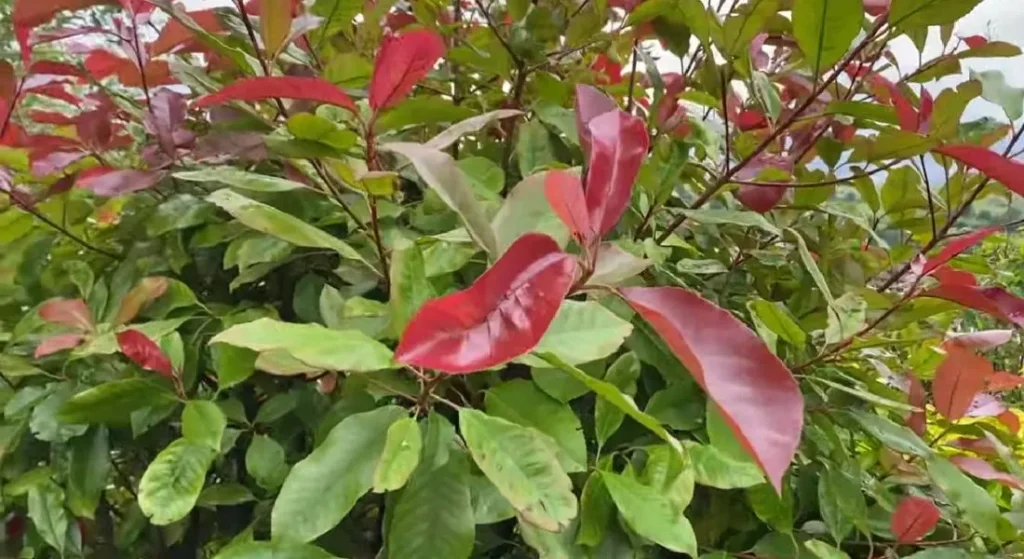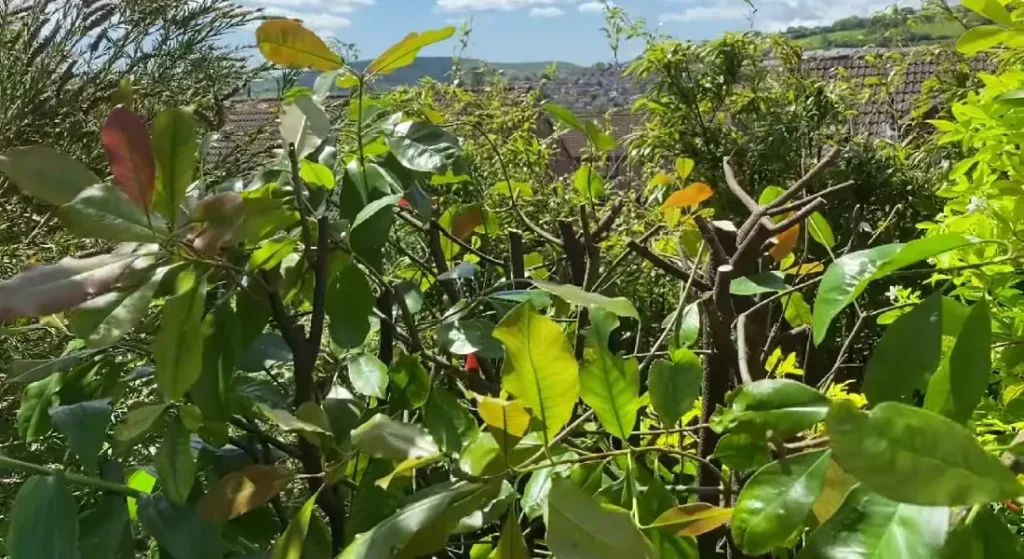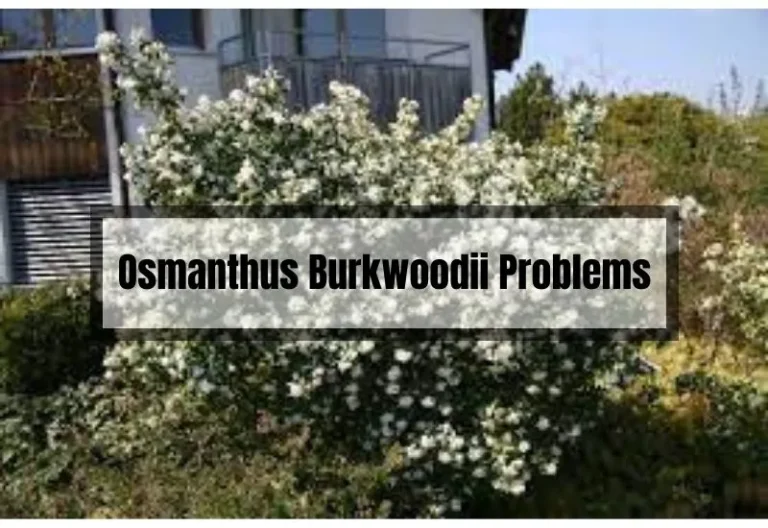How to Thicken Up a Red Robin: Tips and Tricks
Are you struggling to thicken up your Red Robin plant? Don’t worry, you’re not alone. Many gardeners face this issue when trying to grow this beautiful shrub. However, with the right knowledge and techniques, you can easily turn your thin and spindly Red Robin into a lush and full plant.
In this article, we will guide you through the steps to thicken up your Red Robin and keep it healthy and vibrant. We will cover everything from assessing your Red Robin’s health to ideal soil conditions, proper watering techniques, pruning techniques, feeding your Red Robin for optimal growth, and protecting your Red Robin from pests and diseases.
Whether you’re a seasoned gardener or a beginner, this guide will provide you with all the information you need to thicken up your Red Robin and make it the envy of your neighborhood.
Key Takeaways
- Understanding Red Robin growth patterns is crucial to thickening up your plant.
- Proper pruning and deadheading techniques can help encourage new growth and increase the plant’s density.
- Providing the ideal soil conditions, proper watering techniques, and using fertilizers can also help thicken up your Red Robin.

How to Thicken Up a Red Robin
If your Red Robin plant is looking a little thin and sparse, there are several things you can do to help thicken it up and make it look lush and vibrant. Here are some tips to help you achieve this:
Trim Back Long Branches
One of the easiest and most effective ways to help thicken up a Red Robin plant is by trimming back its long branches.
This will encourage new growth and ensure that adequate energy remains for proper regrowth. When pruning, make sure to only remove about one-third of the total foliage at any given time.
Remove Dead or Damaged Branches
Dead or damaged branches can be unsightly and can also sap energy from the rest of the plant. By removing them, you’ll help redirect the plant’s energy to the healthy branches and encourage new growth.
Thin Out Dense Areas
If your Red Robin plant is looking dense in certain areas, it may be time to thin it out. This will help improve air circulation and allow more sunlight to reach the plant’s interior. Use pruning shears to remove some of the excess foliage, being careful not to remove too much at once.
Encourage Bushier Growth
If you want your Red Robin plant to look bushier, you can encourage this type of growth by pinching back the tips of the branches. This will encourage the plant to produce more lateral shoots, which will help give it a fuller, more rounded shape.
Provide Adequate Water and Nutrients
Make sure your Red Robin plant is getting adequate water and nutrients. This will help ensure that it has the energy it needs to produce new growth and fill out any thin areas. Consider using a slow-release fertilizer to provide your plant with the nutrients it needs over an extended period of time.
By following these tips, you can help thicken up your Red Robin plant and make it look lush and vibrant. With a little bit of care and attention, your plant will be the envy of the neighborhood in no time!
Related Posts:
Assessing Your Red Robin’s Health

Before you start to thicken your red robin, it’s important to ensure that your plant is healthy and ready to grow.
Identifying Common Problems
You should keep an eye out for any common problems that may arise with your red robin. Common issues include yellowing leaves, thinning foliage, stunted growth, or signs of pests and diseases.
By observing your plant regularly, you can catch any issues early and take steps to address them.
Soil and Nutrient Requirements
To ensure that your red robin thrives, it’s essential to provide the ideal environment.
This includes the right soil type, pH levels, and necessary nutrients such as nitrogen, phosphorus, and potassium. Providing your plant with the right nutrients will help it grow strong and healthy.
Related Posts:
Ideal Soil Conditions for Red Robin
To ensure that your Red Robin plant grows healthy and vibrant, it’s important to provide it with the ideal soil conditions. Here are some tips to help you create the perfect soil for your Red Robin:
Organic-rich Soil
Red Robin plants thrive in soil that is rich in organic matter. Organic matter, such as compost or manure, provides essential nutrients for the plant and promotes healthy growth. You can add organic matter to your soil by mixing it in with the existing soil or by adding it as a top layer.
Well-drained Soil
Red Robin plants prefer soil that is well-drained. Poor drainage can cause the soil to become waterlogged, which can lead to root rot and other problems.
To ensure proper drainage, make sure your soil is loose and crumbly. You can also add sand or gravel to the soil to improve drainage.
pH Level
The pH level of your soil can also affect the growth of your Red Robin plant. Red Robin plants prefer slightly acidic soil with a pH level between 5.5 and 6.5. You can test the pH level of your soil using a soil testing kit, which can be purchased at your local gardening store.
Watering
Red Robin plants require regular watering, especially during the growing season. Water your plant deeply and regularly, making sure the soil is moist but not waterlogged. Avoid letting the soil dry out completely, as this can cause stress to the plant.
Fertilizer
Red Robin plants benefit from regular fertilization. You can use a balanced fertilizer, such as a 10-10-10 or 20-20-20, to provide essential nutrients to the plant.
Apply the fertilizer according to the instructions on the package, and avoid over-fertilizing, which can lead to burning of the leaves.
Related Posts:
Proper Watering Techniques for Red Robin
Maintaining a healthy Red Robin plant requires proper watering techniques. Here are some tips to help ensure your plant receives the right amount of water:
1. Watering Schedule
To keep your Red Robin plant healthy, water it regularly, especially during the summer months.
It is recommended to water the plant once or twice a week, depending on the weather conditions. During hot and dry weather, the plant may require more frequent watering.
2. Watering Amount
When watering your Red Robin plant, make sure to provide enough water to saturate the soil. However, be careful not to overwater the plant as it can lead to root rot. A good rule of thumb is to water the plant until the soil is moist, but not waterlogged.
3. Soil Type
The type of soil you use can also affect the watering needs of your Red Robin plant. The plant prefers well-draining soil that is rich in organic matter.
If the soil is heavy and clay-like, it may retain too much water and cause the roots to rot. On the other hand, sandy soil may drain too quickly and require more frequent watering.
4. Watering Method
When watering your Red Robin plant, it is best to use a watering can or hose with a gentle spray nozzle. This will help to avoid damaging the leaves and branches of the plant. Avoid using a high-pressure spray as it can damage the plant and cause soil erosion.
5. Watering Time
The best time to water your Red Robin plant is early in the morning or late in the evening. This will allow the water to soak into the soil before the heat of the day and reduce the risk of evaporation.
Avoid watering the plant during the hottest part of the day as the water may evaporate before it can be absorbed by the plant.
Related Posts:
Pruning Techniques for a Thicker Red Robin

When it comes to encouraging thicker growth in your Red Robin plant, pruning is a crucial step. Here are some tips to help you prune your plant effectively:
When to Prune
Timing is important when it comes to pruning your Red Robin plant. The best seasons to prune are typically late winter or early spring. Keep an eye out for signs that your plant is ready for a trim, such as excessive growth or unruly branches.
Tips for Pruning Your Red Robin
To prune your Red Robin plant effectively, keep the following tips in mind:
- Prune your plant in late winter or early spring before new growth appears.
- Use sharp, clean pruning shears to make clean cuts.
- Cut at a 45-degree angle to promote healing and prevent disease.
- Remove any dead or diseased branches first, followed by any crossing or rubbing branches.
- Avoid pruning more than one-third of the plant at a time to prevent shock.
Pruning Mistakes to Avoid
Avoid these common pruning mistakes to keep your Red Robin plant healthy:
- Over-pruning can do more harm than good. Avoid pruning more than one-third of the plant at a time.
- Incorrect cuts can leave your plant vulnerable to disease. Always use sharp, clean pruning shears and cut at a 45-degree angle.
- Neglecting the plant’s natural shape can lead to an unattractive and unhealthy plant. Keep the plant’s natural shape in mind when pruning.
Feeding Your Red Robin for Optimal Growth
To ensure your red robin thrives, it’s important to provide it with the right nutrients. Choosing the right fertilizer can be overwhelming, but with a little research, you’ll find the perfect fit for your plant.
Consider whether to use organic or synthetic, slow-release or fast-release, or a fertilizer specifically formulated for red robins.
Choosing the Right Fertilizer
When choosing a fertilizer, consider the N-P-K ratio, which stands for nitrogen, phosphorus, and potassium. Red robins prefer a balanced fertilizer with equal amounts of N-P-K, or a slightly higher nitrogen content. You can also look for fertilizers with micronutrients like iron, magnesium, and zinc.
Fertilizer Application
Timing is crucial when it comes to fertilizing. For soil incorporation, mix the fertilizer into the soil before planting.
For top dressing, sprinkle the fertilizer around the base of the plant. For foliar feeding, spray a diluted fertilizer solution onto the leaves. Keep an eye on your red robin and adjust the fertilization as needed.
Monitoring and Adjusting Fertilization
Plants can communicate their nutrient needs through their appearance. Signs of over-fertilization include burnt or yellowing leaves, while nutrient deficiencies can cause stunted growth or yellowing between leaf veins. Adjust your fertilizer application accordingly.
Related Posts:
Protecting Your Red Robin from Pests and Diseases
Red Robin plants are susceptible to pests and diseases that can damage or kill the plant. Here are some common mistakes to avoid when caring for your Red Robin plant:
Over Pruning
While pruning is important to encourage new growth and remove dead or damaged branches, over pruning can damage the plant and stunt its growth. Prune only when necessary and use sharp, sterilized scissors to avoid damaging the plant.
Neglecting Watering
Red Robin plants need consistent watering to thrive. Neglecting to water your plant can cause it to become dehydrated and stunt its growth. Water your plant regularly and monitor the soil to ensure that it is moist but not waterlogged.
Planting in Poor Soil
Planting your Red Robin in poor soil can stunt its growth and make it difficult for the plant to absorb essential nutrients. Plant your Red Robin in well-draining soil that is rich in organic matter. You can also add compost or other organic materials to the soil to help improve its quality.
Failing to Provide Adequate Sunlight
Red Robin plants need plenty of sunlight to thrive. Failing to provide your plant with adequate sunlight can stunt its growth and cause it to become weak and spindly. Plant your Red Robin in a location that receives full sun or partial shade.
Ignoring Pests and Diseases
Ignoring pests and diseases can be harmful to your Red Robin plant. Monitor your plant regularly for signs of pests or diseases, and take action immediately if you notice any issues. You can use natural pest control methods or consult with a professional if necessary.
By avoiding these common mistakes, you can ensure that your Red Robin plant grows healthy and strong, providing you with a lush and vibrant addition to your garden.
Related Posts:
Conclusion
Congratulations! You now have all the tools to thicken up your Red Robin plant and make it the envy of your neighborhood. Remember, ongoing care is crucial to maintaining a healthy and vibrant plant. Here are some key takeaways:
- Trim back long branches to encourage new growth.
- Prune dead parts of the plant to promote new circumference growth.
- Mulch around the base of the plant to keep in moisture and provide nutrients.
- Don’t forget to give your plant the attention it deserves!
By following these tips, you’ll have a beautiful and healthy Red Robin in no time. Happy gardening!






